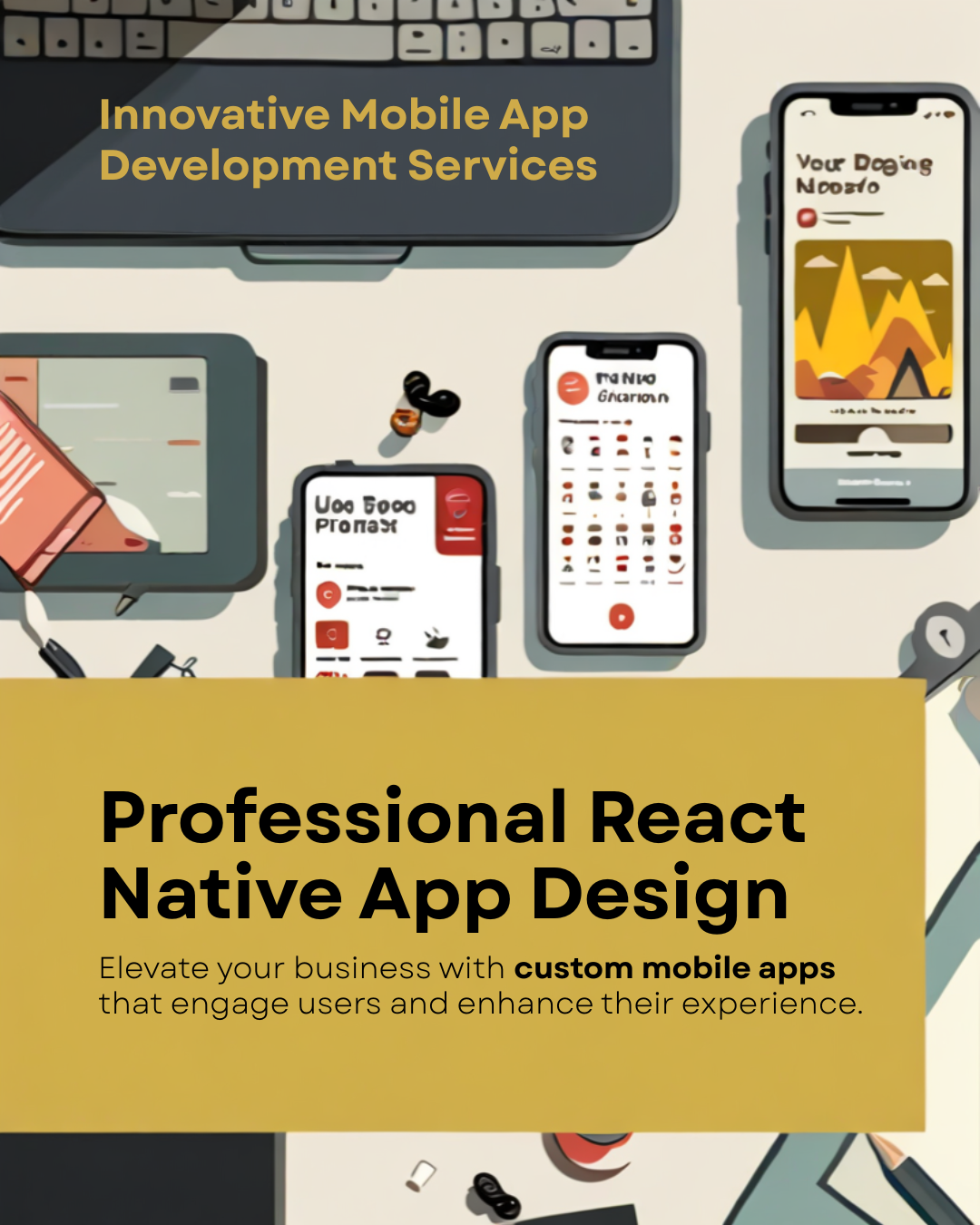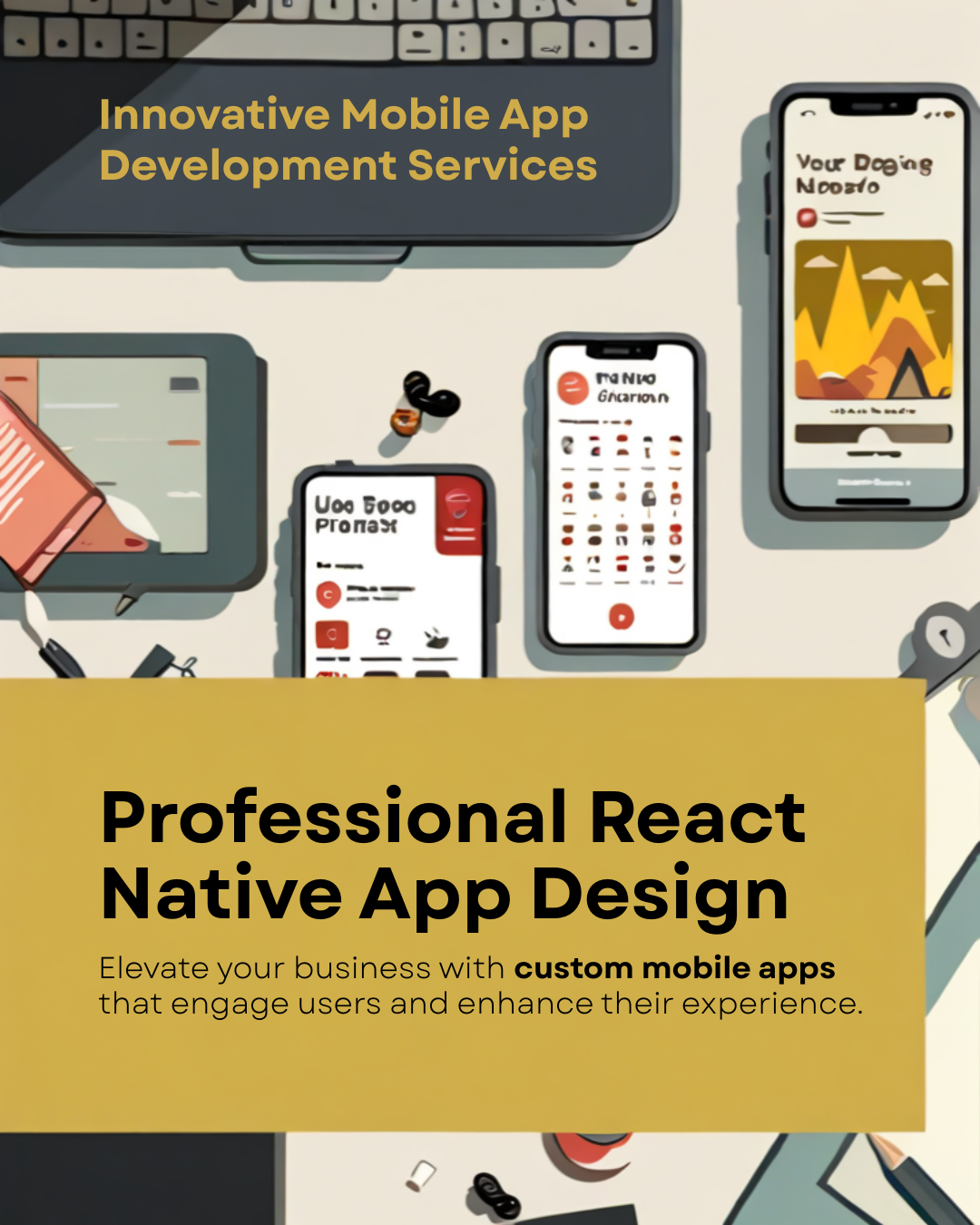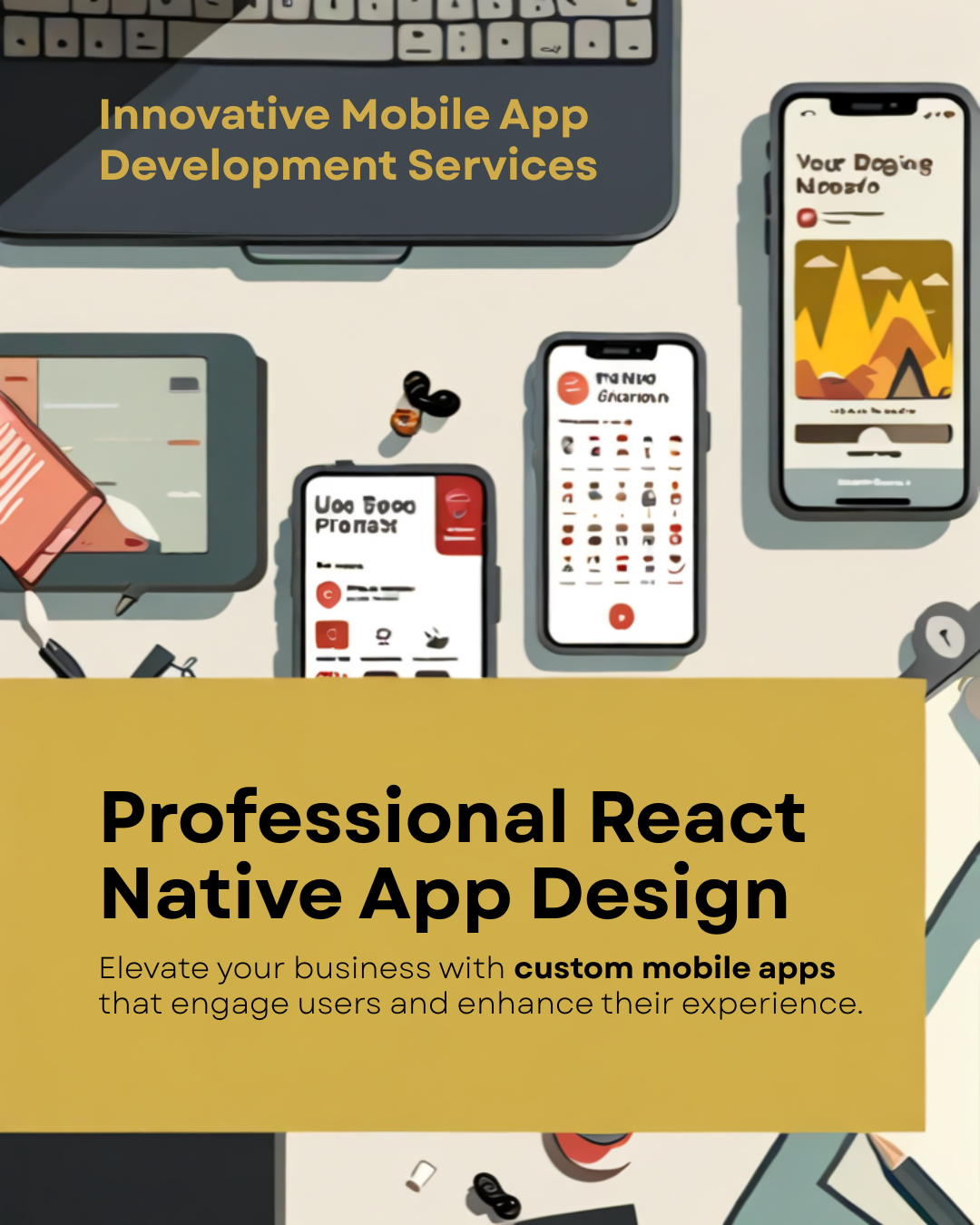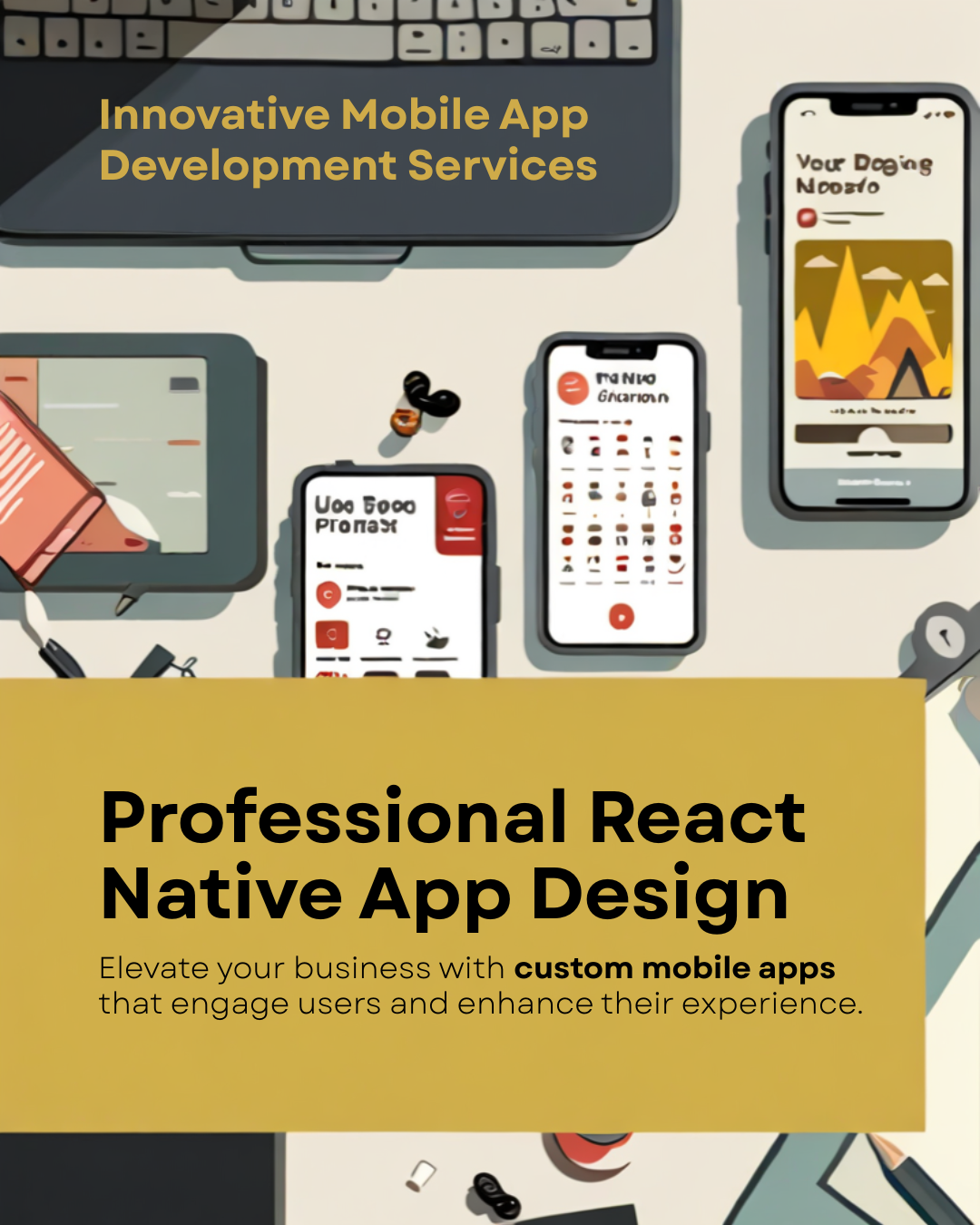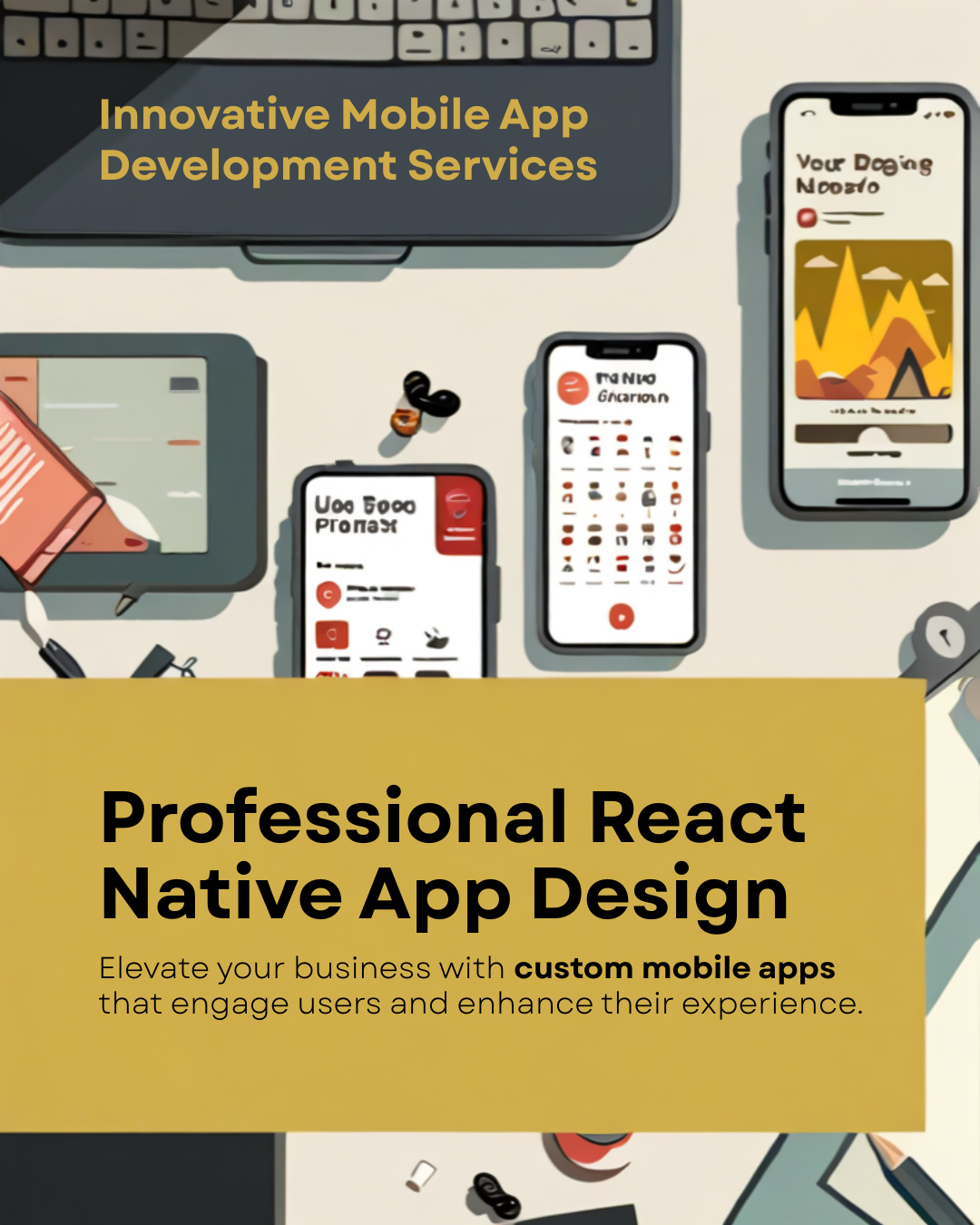How to Send Bulk WhatsApp Messages for Free And Its 3 Big Limits
Looking for a free bulk WhatsApp sender? The WhatsApp Business App has a built-in tool. It works well for small operations. But, it has big limits. You cannot send to more than 256 contacts. This guide explains the free method. It also covers its strict limits.
For small businesses, the main tool is the WhatsApp broadcast list. This is not a group chat. When you send a broadcast, each person gets it as a private, 1-on-1 message. If they reply, that response comes only to you.
Step-by-Step: Creating Your First Broadcast List
This is simple to use. It takes just a few seconds on your phone.
- Open your WhatsApp Business App.
- Tap the three dots (menu) in the top-right corner.
- Select “New broadcast.”
- Choose the contacts you want to add (up to 256).
- Type your message and hit send.
Using WhatsApp Web for Easier Broadcasting
You can manage broadcasts from your computer. Log in to WhatsApp Web to type on a keyboard. The steps are the same. You still click the menu, choose “New broadcast,” and add contacts. It is easier to write long messages. But, the 256-contact limit is the same.
Want a step-by-step example of scaling your first campaign?
Read this: From Zero to First WhatsApp Campaign in 15 Minutes
The 3 Big Limits of Free Broadcasts
This free tool is great. But, it has three clear drawbacks.
- The 256-Contact Limit: The WhatsApp Business App broadcast limit is firm. You cannot add more than 256 contacts to one list.
- The "Saved Number" Rule: This is the biggest problem. You cannot send WhatsApp without saving number. People must have your number saved in their phone's contacts. If they do not save your number, they will not get your message.
- No Automation: The free app is all manual. You cannot schedule messages. You also get very few analytics. You only see basic delivery and read receipts.
When Should You Stop Using the Free Method?
This method is only for small, local businesses. It works for trainers, salons, or restaurants. It is for those with a small, local client list. Once your list grows, or you need automation, this free tool will hold you back.
The free broadcast tool is just a start. It is not a scalable solution. You must follow the "saved number" rule. This is key for delivery. For real growth and automation, a free bulk WhatsApp sender is not enough. WUSeller’s API platform connects you with thousands. Don't stop at 256. Start scaling your talks with WUSeller today.
Frequently Asked Questions
Can I send bulk WhatsApp messages for free?
Yes, you can use the broadcast list feature in the free WhatsApp Business App. This lets you create a list and select up to 256 contacts. You type the message once. It sends to everyone on the list as a private, individual message.
What is the WhatsApp broadcast 256 limit?
The 256-contact limit is a hard rule for the free WhatsApp Business App. When you build a broadcast list, you can only add a maximum of 256 people. If your audience is larger, you must create and manage many separate lists.
Why are my broadcast messages not delivered?
The most common reason is that people have not saved your business number in their phone's contacts. For a free broadcast to be delivered, the user must have your number saved. This is a built-in safeguard from WhatsApp to prevent spam.
Is sending a broadcast from WhatsApp Web different?
No, it works the exact same way. You can create and send broadcasts from WhatsApp Web, which many find easier for typing. But, the same 256-contact limit applies. Recipients must still have your number saved to get the message.
What's the main difference between the WhatsApp Business App vs API?
The free Business App is for small businesses. It relies on manual broadcasts with a 256-contact limit. The WhatsApp Business API is a paid solution for growing businesses. It allows for unlimited contacts (based on your tier), message scheduling, automation, and deep analytics.

